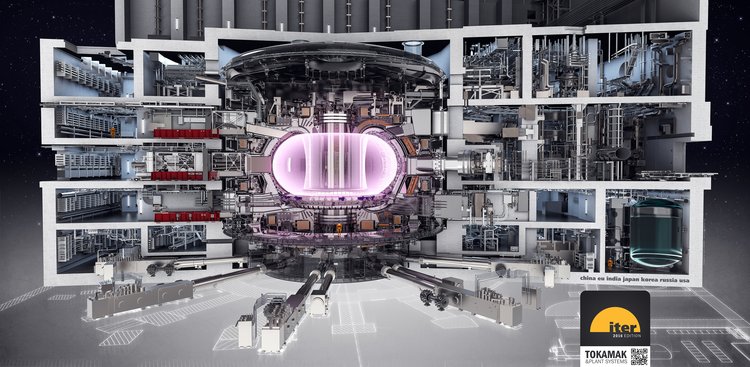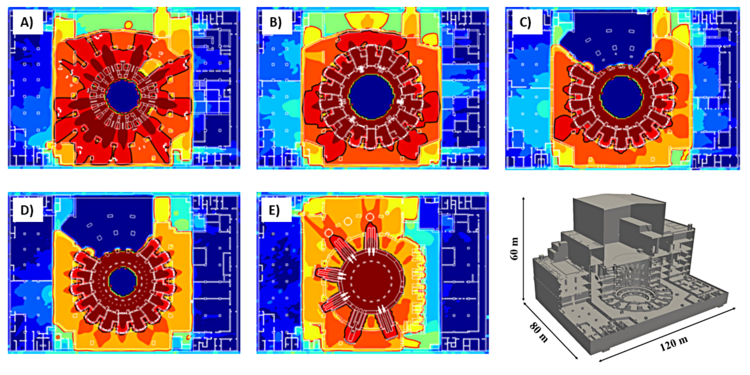ITER reactor is a joint effort of 35 nations to build the first nuclear Tokamak. It is under construction in southern France, with an estimated budget of 24.000M€. It is considered the fifth largest scientific project attained by the human kind. It is the most prominent effort ever made to develop the nuclear fusion to produce energy. The experimental campaign that will be carried out at ITER is crucial to advancing fusion science and preparing the way for the fusion power plants of tomorrow.
A radiation field from the plasma will spread along the ITER facility. The Tokamak and its hosting complex are being designed to shield and mitigate it, so it does not impact on the superconducting coils temperature stability, the electronics functioning, the optics performance and the maintenance tasks with personnel intervention. This is where UNED/TECFIR is playing a relevant role providing ITER with cutting-edge methodologies, technologies and analysis to support the decision making.
More information can be obtained in the publications page.
TECFIR/UNED holds multiple contracts with ITER IO and Fusion for Energy, through which has participated in relevant project milestones:
- The design and integration of the ALARA strategy in support of the ITER nuclearization;
- The production of the official ITER radiation atlas for design compliance, electronics allocation and human intervention.
- The conceptual, preliminary and final design reviews of the key components, like the cyclotron antennas, cryopumps, the diagnostics ports, and the European TBMs.
- The identification and understanding of challenging phenomena related the superconducting coils heating by radiation deposition or the shutdown dose rate cross-talk from neighbouring ports.

